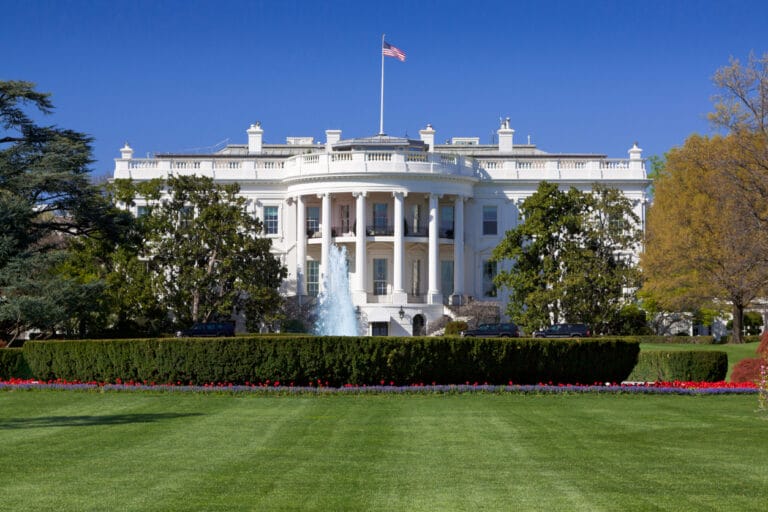In the dynamic world of media advertising, staying ahead of the curve is no longer a luxury—it’s a necessity. Enter Artificial Intelligence (AI), a revolutionary technology that has not only transformed the advertising landscape but has also reshaped the way we approach broadcasting. The intersection of AI and broadcasting with today’s technological advances creates a synergy that is changing the game for media advertising and uncovering the exciting possibilities it brings to the table.
The Fusion of AI and Broadcasting
The convergence of AI and broadcasting is a powerful blend of data-driven insights and creative storytelling. AI’s ability to process and analyze massive volumes of data in real-time has redefined the way advertisers understand their audience. Broadcasting, with its wide-reaching platforms, provides the perfect canvas for AI to paint personalized and engaging advertising experiences.
Personalized Advertising: The AI Advantage
Gone are the days when advertisers could rely on generic ad campaigns to capture attention. AI’s prowess lies in its ability to understand and predict individual preferences based on user behavior. By analyzing data points such as browsing history, social media interactions, and past content engagement, AI enables broadcasters to tailor advertisements that resonate on a personal level. This shift from generic messaging to hyper-targeted content has led to a paradigm shift in viewer engagement.
Predictive Analytics for Targeting
The marriage of AI and broadcasting empowers advertisers to not just understand the present but also anticipate the future. Predictive analytics, fueled by AI algorithms, decipher patterns and trends from historical data to forecast viewer behavior. Armed with these insights, broadcasters strategically position their advertisements, ensuring maximum impact and engagement. This predictive approach redefines how advertisers make real-time decisions to optimize campaign effectiveness.
Enhancing Content Creation
AI’s influence extends beyond targeting and analytics—it’s making waves in content creation as well. Automated tools driven by AI are capable of generating ad copy, designing visually appealing graphics, and even composing music that aligns with the desired campaign mood. This marriage of creativity and technology streamlines the content creation process, enabling advertisers to focus on the core message while AI handles the details.
Real-time Analysis and Optimization
One of the most exciting aspects of AI in broadcasting is its real-time adaptability. Advertisers can monitor the performance of their campaigns as they unfold, gauging viewer reactions and engagement metrics. This real-time feedback loop empowers advertisers to make on-the-fly adjustments, optimize content delivery, and pivot strategies—all with the goal of maximizing the impact of their campaigns.
Voice and Visual Recognition
With the rise of voice-activated devices and visual recognition technology, AI has unlocked new realms of interactive advertising. By harnessing these capabilities, broadcasters can create advertisements that respond to user commands, gestures, or even facial expressions. This interactivity not only elevates engagement levels but also creates a deeper emotional connection between viewers and brands.
Challenges and Ethical Considerations
As with any technological advancement, the integration of AI in broadcasting comes with its fair share of challenges. Data privacy and algorithmic bias are among the chief concerns. Striking a balance between innovation and ethical responsibility is crucial for building trust among viewers and stakeholders. Advertisers must remain vigilant in upholding transparency and ethical standards as they harness AI’s capabilities.
The Future of AI in Broadcasting
The journey is only beginning. AI’s fusion with augmented reality (AR) and virtual reality (VR) promises to shape the future of media advertising. Imagine interactive advertisements that transport viewers into immersive digital worlds, where they can engage with products and experiences like never before. AI’s role in the broadcasting landscape will continue to evolve, driving innovation and redefining the boundaries of viewer-brand interactions.
In conclusion, Artificial Intelligence is not just reshaping media advertising; it’s reimagining the storytelling capabilities of broadcasting itself. The synergy of data-driven insights, personalized content, and real-time adaptability empowers advertisers to engage viewers on a profound level and drive tangible results. However, as we navigate this transformative landscape, it’s imperative to embrace AI’s potential while upholding ethical and privacy considerations. The future of media advertising is unfolding before our eyes, and AI is steering the way toward a new era of engagement and creativity.








 Therefore, every marketer should be making this generation a priority. As a millennial myself, born in 1990, I can attest to understanding our habits, likes, and dislikes. We may be particular and at time unconventional but we are still loyal to brands we love.
According to a Forbes.com and Elite Daily (the voice of Generation Y)
Therefore, every marketer should be making this generation a priority. As a millennial myself, born in 1990, I can attest to understanding our habits, likes, and dislikes. We may be particular and at time unconventional but we are still loyal to brands we love.
According to a Forbes.com and Elite Daily (the voice of Generation Y) 

